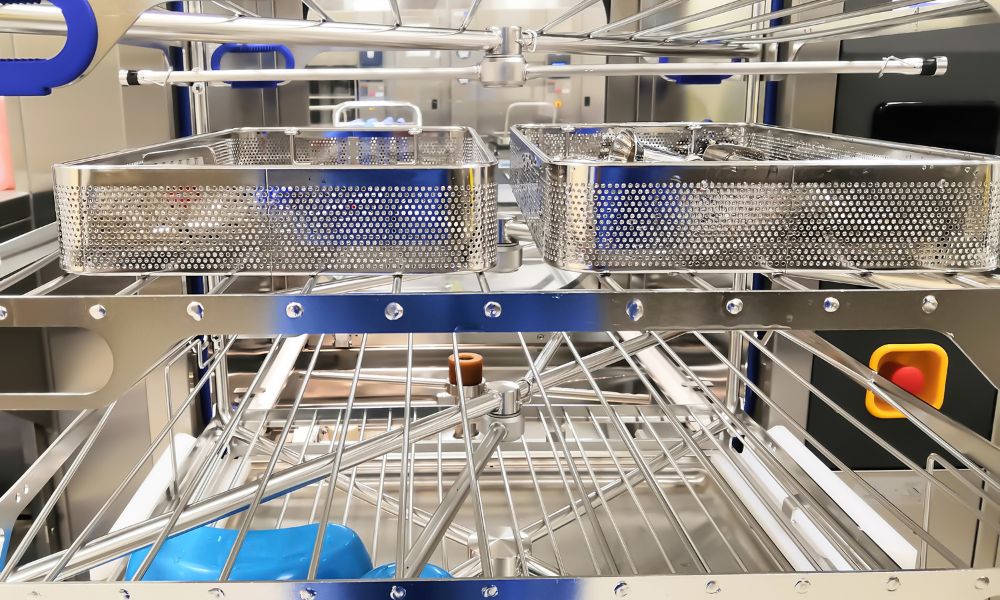Reusable medical devices offer an array of benefits to healthcare facilities and patients alike. By minimizing waste, these devices can help reduce costs and limit environmental impact. However, designing an effective, reusable medical device is complex and requires careful consideration. From initial design to regulatory approval and beyond, there are numerous stages to navigate. Here are some top considerations for reusable medical device design that should inform your process.
Product Materials
The materials that comprise a reusable medical device must be strong enough to withstand multiple uses and high temperatures often required for sterilization or disinfection. Medical-grade stainless steel, titanium, and silicone are just a few of the materials commonly used in these devices. Approach your material selection by considering factors such as compatibility with sterilization and reprocessing methods, corrosion resistance, and biocompatibility. Evaluating these factors requires extensive testing and validation.
Cleaning and Sterilization
Reusable medical devices need to undergo rigorous cleaning and sterilization processes to ensure their safety and efficacy. As such, the device’s design should cater to this process. Devices with many crevices, corners, lumens and sharp edges have a lower rate of success during sterilization, increasing the safety risk of using them repeatedly on patients. Because of this, it’s important to consider the device’s ability to endure these rigorous processes when developing your overall design.
Projected Maintenance
Reusable medical devices require adequate maintenance for longevity and maximum use. In addition to the challenges associated with cleaning and sterilization, instruments must also undergo repairs, inspections, and regular validations to ensure performance and longevity. The design of the device should make it as user-friendly as possible, allowing for easy maintenance and repair.
Regulatory Approval
Another top consideration for reusable medical device design is compliance with required industry standards. When it comes to medical devices, regulatory accordance is nonnegotiable. Requirements for reusable medical devices are more stringent than for disposable devices due to the complexity of the validation processes. Adhering to ISO, AAMI/ANSI and FDA guidelines during device design, testing, and validation will ensure that your device meets regulatory requirements. Start the regulatory approval process early in development to ensure smoother manufacturing.
User Needs
Lastly, it is important to consider the needs of the end-users when designing the device. Factors such as ease of use, ergonomics, product labeling, and user training will all play a role in the successful adoption of your reusable device. Incorporate user feedback and human factors testing early in the design process to ensure user-friendliness and set your product apart from other products in the market.
A lot of factors come into play when designing a reusable medical product, so it is important to us that you have an advantage during the developmental phase. At HIGHPOWER, we help our clients design and validate medical devices that can withstand the rigor of the reuse process. Our medical device cleaning validation & sterilization team looks forward to offering guidance on your next design project.
